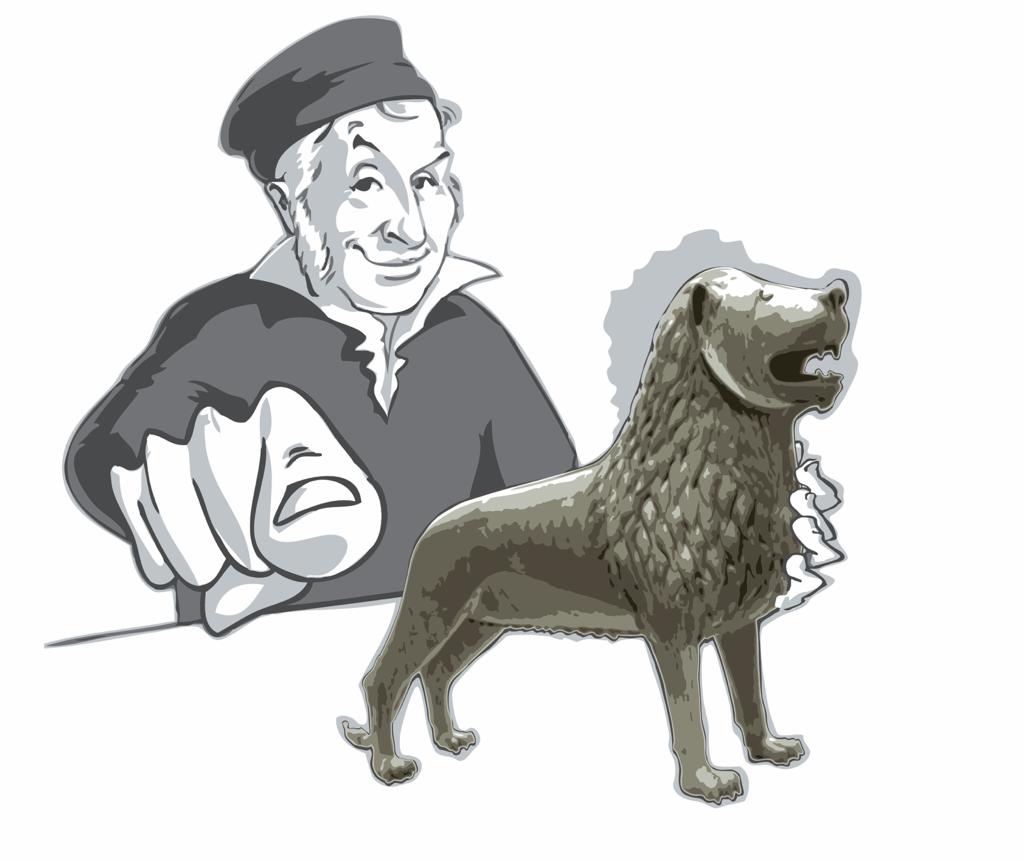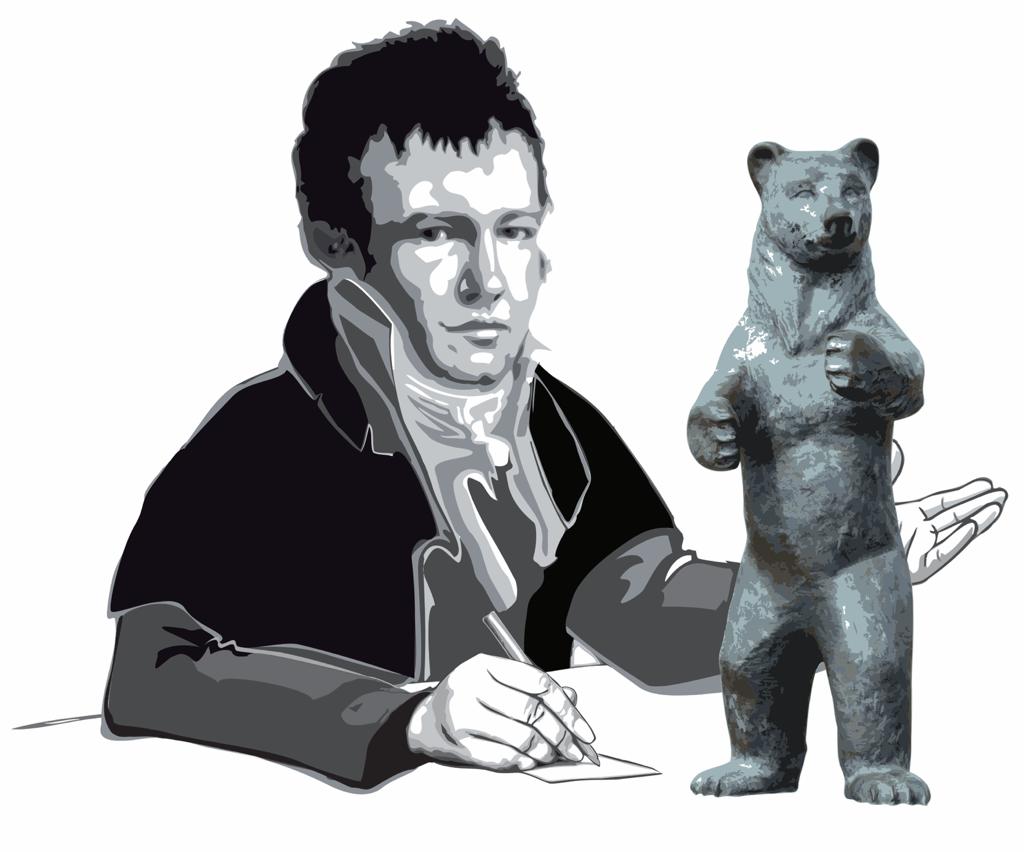Gauss-Telegraph: World trip from home in 30 days – Ho Chi Minh City
by Tina Metschke

Town Hall

Traffic at night
Ho Chi Minh City (Thành phố Hồ Chí Minh), also known as Saigon, is the largest city of Vietnam and former capital of the Republic of Vietnam (South Vietnam). In 1976 it was renamed after the North Vietnamese head of state Ho Chi Minh, who died in 1969. Today both names are common. Once you arrive at Ho Chi Minh City airport, it is best to take a taxi. The journey takes about 45-60 minutes and consists of alternating stop, go and honk. Do not try to drive in this city yourself, as only local people are familiar with the traffic rules. In the hotel you will be welcomed with typical Asian cordiality and Vietnamese bureaucracy. By default, you book a single or double room. The concept of dormitories is not very common here.

Reunification Palace
Must-see attractions
On the first day a walk through the city center is worthwhile (District 1 & 3). The architecture is a colorful mix of French, colonial, Asian and modern styles. But be careful when crossing the street, because here countless scooters ride side by side. The best way to do this is to join a group of locals. For example, take a ride past the colonial-style post office, Notre Dame Cathedral and the Reunification Palace.

Notre Dame Cathedral
Go to the Fine Arts Museum and see local Asian paintings from modern to contemporary. Then walk past the City Hall with the statue of Ho Chi Minh in front of it, continue along the promenade through the banking district with its skyscrapers, boutiques and luxury hotels and end at the pier overlooking the Saigon River. Similar to Bangkok’s Chao Phraya, the river with its many branches and canals is the main artery of the city. A walk along the Ben Nghe Canal with its many artistically designed pedestrian bridges is a romantic way to end the day, especially in the evening.
Further in the centre there is the botanical garden. The large park houses a collection of tropical plants and the zoo. Whoever visits Saigon should not leave without having learned something about the history of Vietnam. The War Remnants Museum documents the horrors of the war and its consequences. Innumerable photos and exhibits but also torture objects are shown from the point of view of the winners. Here one learns not only historical facts, but also how today’s socialist state classifies the events. You should plan a whole day for this.
Also a day trip to the tunnels of Củ Chi is recommended. The gigantic, up to 200 km long tunnel system was built in 1948 and was later used by the partisans and considerably expanded by the Viet Cong. Under the ground there were schools, military hospitals and sleeping places, which were connected by tiny shafts. Their original dimensions were 80cm x 70 cm small.

Mekong shore
Of course, a trip to the Mekong, one of the largest rivers on earth and its impressive delta is not to be missed. Travel for example to the city of Vinh Long. Here there are numerous cafes and restaurants on the riverbank promenade. Discover colorful markets, on water and on land, book a boat tour through the jungle or try to spot the other bank on one of the main arms of the river. A pleasant contrast to the ‘Ant Hill Saigon’, the city that never stands still.
Favorite local dish
The best food in Saigon is of course the traditional Pho soup or delicious summer rolls. You can get them in every hotel and on every street corner. A popular address for backpackers is the Pham Ngu Lao district. There are countless cheap hostels, bars and clubs. Bicycle soup kitchens and street stalls with Bánh mì (Vietnamese baguette) sell their delicacies for as little as $1.
Note: Due to the spread of the coronavirus, we don’t recommend to travel until the all restrictions have been lifted.



You must be logged in to post a comment.